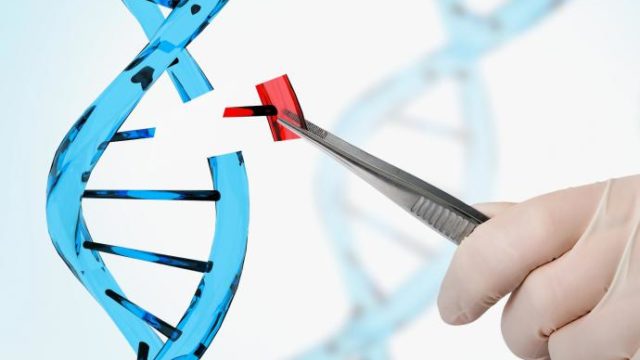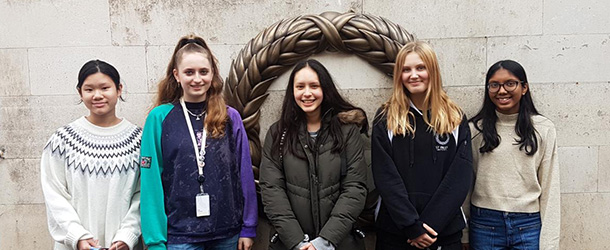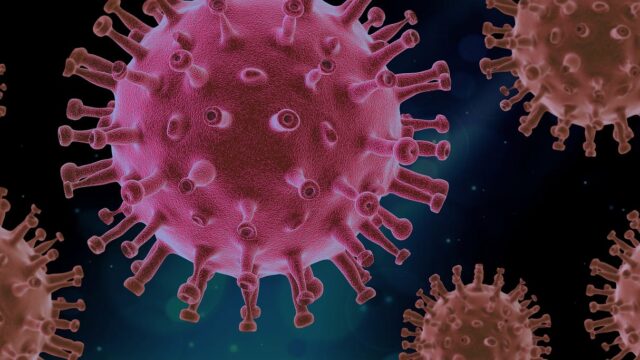iPaulina

Sky mining
What if we could create things out of thin air?Fighting climate change and reducing greenhouse gas emissions has never been more important. Recently, some scientists have come up with solutions that involve using air pollution to create physical objects, thus decreasing levels of carbon dioxide.
Dale Vince, a British multimillionaire and entrepreneur, has masterminded the creation of carbon-negative diamonds, created entirely from the air. These are made by extracting carbon dioxide from the atmosphere and then liquifying and purifying it. Rainwater is then split into oxygen and hydrogen, through renewably powered electrolysis, in order to use the hydrogen with carbon dioxide to produce methane. The company then grows the diamonds in small plasma balls at temperatures of around 800°C to allow for the carbon atoms to crystallise and create synthetic diamonds that are physically and chemically identical to the ones mined from the ground. In the next year, Vince plans to create thousands of carats of diamonds made ‘entirely from the sky’ in an attempt to make more environmentally sustainable, affordable and ethical diamonds.
Similarly, the Finnish company Solar Foods has created a powder, high in protein, called Solein. This powder is similar in taste and texture to flour, but is made purely from carbon dioxide, water and electricity. The production of Solein involves extracting carbon dioxide from the air using carbon-capture technology and then combining it with water and nutrients using solar energy. As well as being environmentally sustainable, Solein is high in protein and extremely nutritious. Solein could be the protein of the future, offering a stable and long-term solution rather than the environmentally-destructive cattle, poultry and fish farming of today. The creators of Solein are planning to commercialise it by the end of 2021 and hope to feed up to 9 billion people by 2050.
Other initiatives following the same principles include The Biolamp, which involves turning atmospheric CO2 into biofuel used for streetlamps. MIT graduate Anirudh Sharma has also created AirInk, which is a black ink that is made entirely of air pollution particles, mainly the carbon soot collected from the exhaust pipes of cars. Carcinogens and heavy metals are then removed from the soot to form a purified carbon pigment that can safely be used as ink. Each 30mm pen contains between 40-50 minutes of captured air pollution.
Since reducing emissions of carbon dioxide is so crucial at the moment, these new and innovative ideas provide some hope of a more promising and sustainable future for our planet. There is also the incredibly exciting possibility that, instead of aiming for carbon neutrality, we could actually use products such as Solein and Sky Diamonds to reverse climate change and return the levels of CO2 back to where they would have been without our human impact.
Joséphine VI







